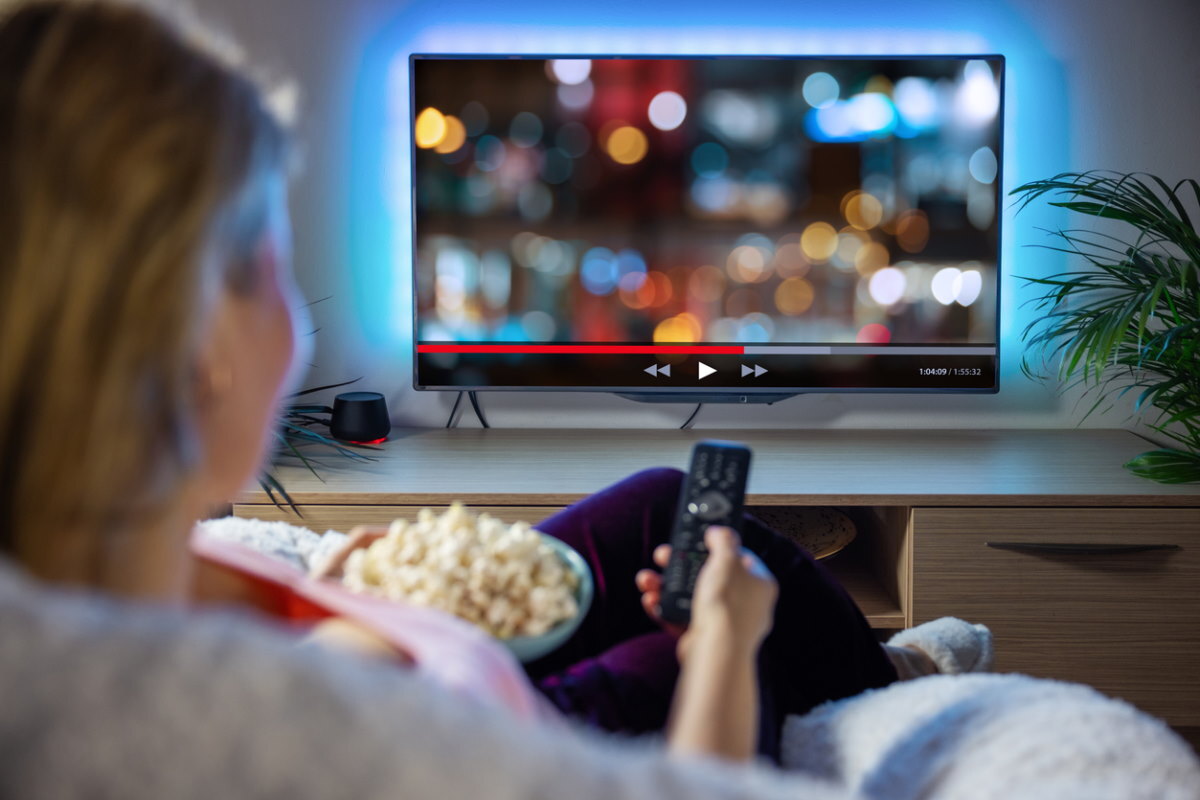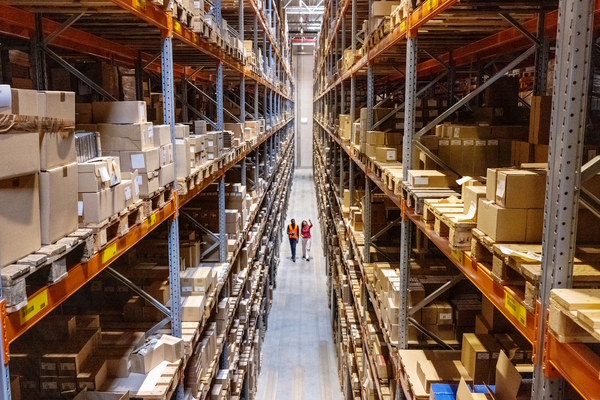Connected TV: the emerging opportunity for advertisers

Daniel Landsman at Aerospike explains why Smart TVs are now critical to the media mix
According to analyst firm Strategy Analytics, the ownerships of Smart TVs, also known as connected televisions, will reach 1.1 billion – 51% of all households – by 2026, and every single one of them represents an emerging opportunity for advertisers to place more customised messages before viewers.
But before preparing to reap the rewards of this bounty, we should first examine the challenges ahead.
About Connected TV
Connected TV, known in the industry as CTV, is a blanket term used to describe what is known as OTT (over-the-top), which is when content is watched via the internet rather than cable or satellite.
OTT is subdivided into ad-supported (AVOD), such as BBC iPlayer or ITV Hub, which is where users can see content on demand. Then there is FAST (free ad-supported streaming television), which resembles live linear TV as well as platforms doing subscriber-supported (SVOD) such as Netflix and Disney+.
The CTV opportunity
CTV is booming! No surprise here as we all knew cord-cutting was coming and is now happening at full tilt. According to Deloitte, 2022 marks the last year that traditional television (from broadcasters) will make up more than 50% of viewing figures in the UK and predicts a decline to 49% in 2023.
Statistica reported that, in 2021, nearly 67 percent of households in the UK reported owning a Smart TV, up 56% since 2014.
CTV advertising spending
ResearchAndMarkets.com predicts that Western European OTT TV episode and movie revenues will reach $45 billion in 2027 of which the UK’s $10 billion (in 2027) will represent 22% of the region’s total. Three main reasons for this include:
- People spending more time on CTVs;
- Device companies like Sky emphasising their ad business;
- The growth of ad-supported video platforms.
In addition, Amazon is also intensifying its CTV focus.
Still, there are some challenges to CTV advertising. For example, different households may share one streaming channel account, which can make it difficult to get a true picture of the consumer.
Further, if there is more than one person using a streaming platform with the same login, or even two people at the same time, there is a lack of consistent ID across streaming apps. That means there is no centralised frequency management. This makes it harder to target people effectively and also do attribution.
So, while all the kinks still need to be worked out, it is clear that CTV is emerging as critical to the media spending mix. There is some good coming from this, however, as GRP targeting has evolved more than a bit with the rise of CTV. As opportunities emerge to shift advertising spend to CTV, there are several things to consider:
Targeting. Fragmentation is a big challenge when measuring CTV advertising performance. There are more options on the market, such as original equipment manufacturers (OEMs), which have their own IDs, to ad-based video on demand. Since each device creates its own identifiers, it can be challenging to analyse data that effectively targets audiences.
Some solutions include using first-party data, looking at the consumer’s past purchasing decisions and demographics. Yahoo predicts that in two years, more than 75% of ad impressions will have no advertising ID. In response, Yahoo recently unveiled Next-Gen Solutions, a zero-ID product. Users who log in can be tracked on web properties owned by the company, such as Yahoo Fantasy Sports and TechCrunch. Platforms like Amazon can look at screens being viewed or interactions with Alexa.
Automatic content recognition (ACR) data, which is collected using the tech built into smart TVs, can help measure the reach and audience quality of an ad campaign. The ACR data can also provide gateway platforms (app stores, device/UI, operating systems) with household ad exposure data. This gives advertisers a chance to hit households with CTV ads that they may not have viewed on broadcast TV.
While there are some limitations – such as scaling being a challenge because each ACR company only covers a fraction of UK households – it still offers advantages such as being able to see linear and OTT viewing.
Formats. Streaming ads often appear when a viewer pauses a program. Or, when a viewer is binge-watching a certain show, then more targeted ads will appear. Advertisers want their streaming ads to have a scale and reach similar to that of linear primetime television ads.
Another key ingredient to attracting audiences is offering a variety of lengths of ad pods, which are several ads sequenced together and played one after the other within a single ad break. Offering different lengths provides a chance to have longer-form ads, target lengths to specific viewers, or provide greater value to advertisers by using desired ad lengths.
Live television. Amazon got into live sports after it invested a reported £90m for a three-year deal to UK Premier League football rights in 2018, with a similar agreement struck in 2021. In France, in 2021, the e-commerce and streaming giant embarked on its first season as the main broadcaster of the top two divisions, Ligue 1 and Ligue 2.
On announcing the deal, Amazon confirmed that live Ligue 1 and 2 matches would only be available to Prime Video subscribers who would have to pay €12.99 per month on a rolling contract that can be stopped at any point. For Amazon it means that it can offer sponsorships to advertisers at various points before, during, and after the games and offer more insights on ad performance and impact.
Measurements. As streaming audiences grow, more large brands want a consolidated look at their ads on conventional TV, CTV, and digital. Recency attribution curves can be used to look at website traffic that’s directly related to recent TV ad impressions, usually in a 15-minute window. But when looking at data linked to CTV ads, it has been shown that viewer action is increased on another screen for several days, with three days capturing 70% of the conversions. To capture this, some companies are linking app installs to CTV exposure to offer further measurements.
Return on investment. Leading ad platform, Unruly, released the findings of its study in 2021 that revealed that 100% of digital media agencies and 77% of brands were planning to invest more in CTV due to better ROI and targeting compared to linear TV. In the UK, for example, 68% of digital media buyers across the ad industry said that they believed CTV ads provide better value for money compared to linear TV, and 68% said it was more effective at reaching their target audiences.
All in all, the TV landscape is changing. No surprise there, but as TV ad spending shift to CTV ad spending, companies who are positioned well and have the technology and teams to support the shift to the newer medium will win. It’s all about being smart at scale with every channel.
Marketers need to leverage best-in-breed targeting methodologies, measure their return on ad spend (ROAS), and use analytics to understand the results and optimise accordingly.
Daniel Landsman is Global Director of Ad Tech Solutions at Aerospike
Main image courtesy of iStockPhoto.com

Business Reporter Team
Most Viewed
Winston House, 3rd Floor, Units 306-309, 2-4 Dollis Park, London, N3 1HF
23-29 Hendon Lane, London, N3 1RT
020 8349 4363
© 2025, Lyonsdown Limited. Business Reporter® is a registered trademark of Lyonsdown Ltd. VAT registration number: 830519543





